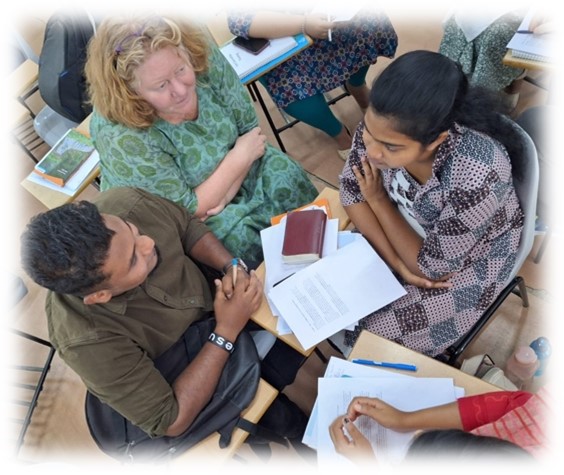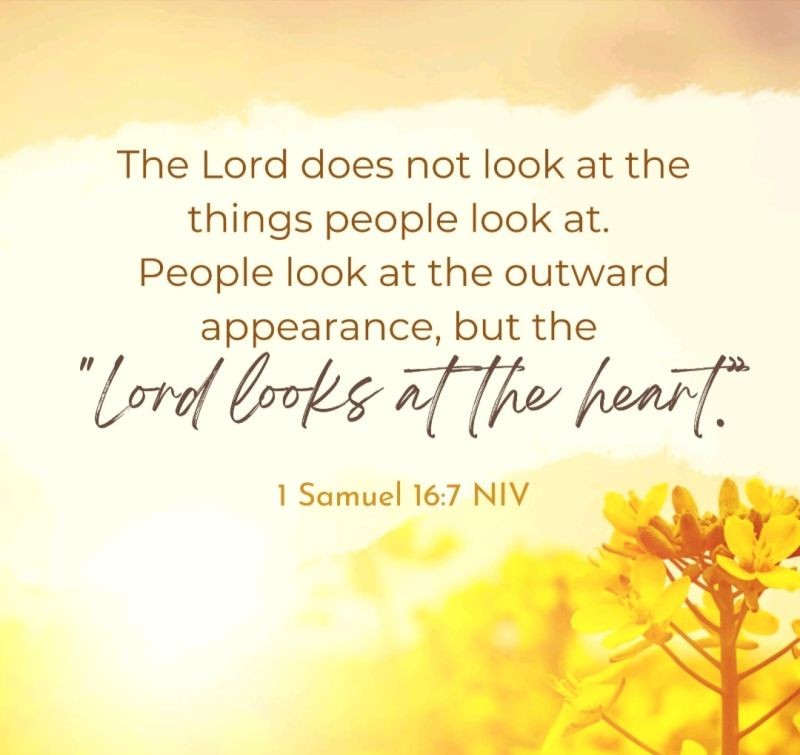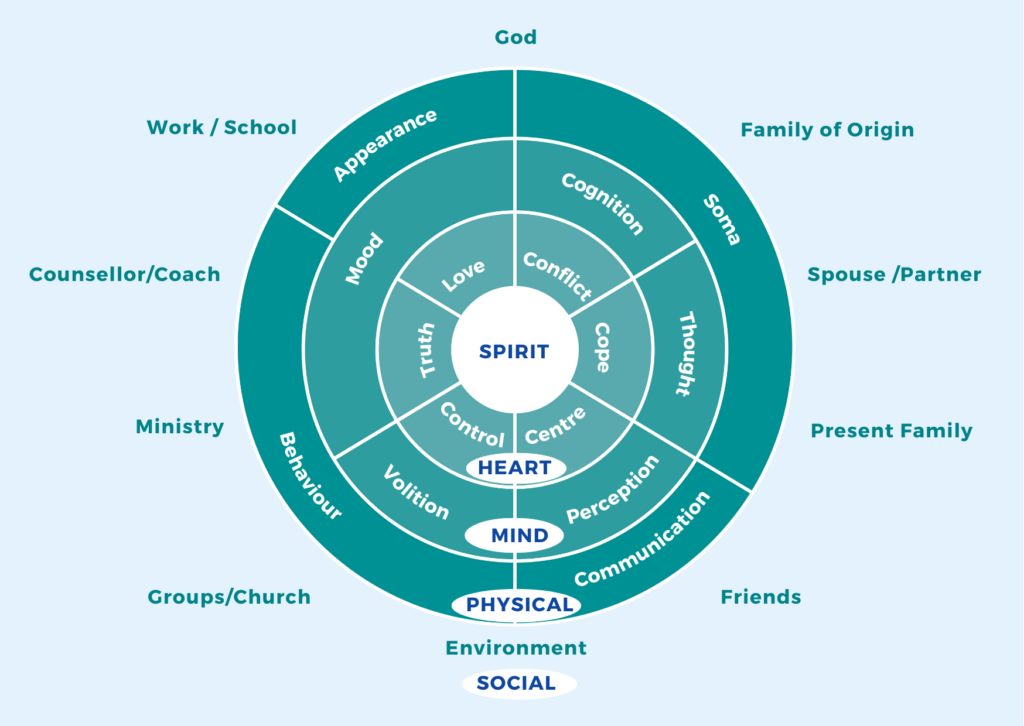SOMA
SOMA
By Susanne Nikles
Time to think about Soma, the Greek word for Body. What is God’s purpose for the body? He gave us our incredible bodies as a gift to enjoy and be productive in the amazing world He has so generously and lovingly created for us. Romans 12:1 tells us to offer our bodies as a living sacrifice to God, which is our reasonable service. It’s only right that we would serve Him with our bodies, out of gratitude and love. And 1 Corinthians 6:15 reminds us that our bodies are the temple of the Holy Spirit. So what does that look like, and how do we live that out?
The 5 S’s of the Soma in CWF serve us as a good guide. The first and last thing we meet in our day is sleep! Do we take enough sleep, knowing that it is God’s gift to reset and restore our body for the next day? “In vain you rise up early and stay up late toiling… He gives sleep to those He loves” (Ps 127:2 ). Do we receive and care for that gift? There can also be worries on our mind that stop us from sleeping well – let’s deal with those worries. We enjoy in our marriage beginning and ending our day in communion with God, making Him the first thing we focus on as we wake and the last thing before we rest.
The next S we meet in our day as we wake is the Systems of the Health of the body. How is our health today? God has given us a marvellous interconnected body that requires maintainence, especially the older we get! Like a car, we need regular check ups for any area not functioning well. Our Health vehicle needs the fuel of good food and exercise to keep us chugging along! Learn to listen to your body – C & U with it, maybe doing a body scan, and see what the aches and pains might be trying to tell you. Our body is a great stethoscope to the inner world of our minds and hearts. Modern medicine sometimes forgets this wisdom “A merry heart does good like a medicine, but a broken spirit dries the bones” Proverbs 17:22. Bessel Van der Kolk has a book titled “The body keeps the score”. Caring for our health often requires addressing issues in our heart and mind circles as well.
Take a check today about what substances you are putting into your body – too much sugar, caffeine, alcohol or even illicit substances? The Jesuits encourage us to limit our focus on the substances we ingest, including rich food, so we are not distracted by our appetite. Instead they encourage us to have a meal with Jesus, enjoying His presence and love. Jesus told His disciples “ I have food that you don’t’ know about… which is to do the will of my father” John 4:32 – 34.
S for Sports – there is so much evidence now that we need to be more intentional about moving our bodies because of our often sedentary lifestyles. God has given us so many options – the joy of walking in a His tranquil nature is a pure joy if we can get there, and better for our whole person than doing strides on a treadmill. Sports and hobbies that we enjoy and engage our whole selves are not a luxury but an investment in our long term well being, so we can serve God and others for longer. If you have an enjoyable hobby you are more likely to be a Nobel prize winner!
Finally Sexuality, not talked about so much in our Christian circles is one of God’s precious gifts to us. If we are married, let us honour and give our bodies in love to our spouse, not denying, or worse, exploiting the other for our own desires ( 1 Cor 7). If we are single, let us regard our sexuality as a jewel, for us to value and steward, being careful with what we watch and look at, and keeping ourselves pure for our loving Lord. Paul reminds us that an unmarried person has more capacity to be concerned about how he/she can please God (I Cor 7:33).
And let’s remember that a well functioning body with healthy sleep, exercise and diet really impacts not just the health of our physical circle, but our mind and heart as well. Neurologically we think better and our mood is improved. Let’s enjoy the body that God has given us, not making our physical comforts and the desires of our bodies the centre of our focus, but gratefully receiving His care and provisions for us as a sign of His love(Matthew 6:25 – 34). We can then choose to love and serve Him and others as a sign of our gratitude. What has impacted you from what you have just read? Are there any changes that God is inviting you to make in this area? If so, take a moment to write them down.

















